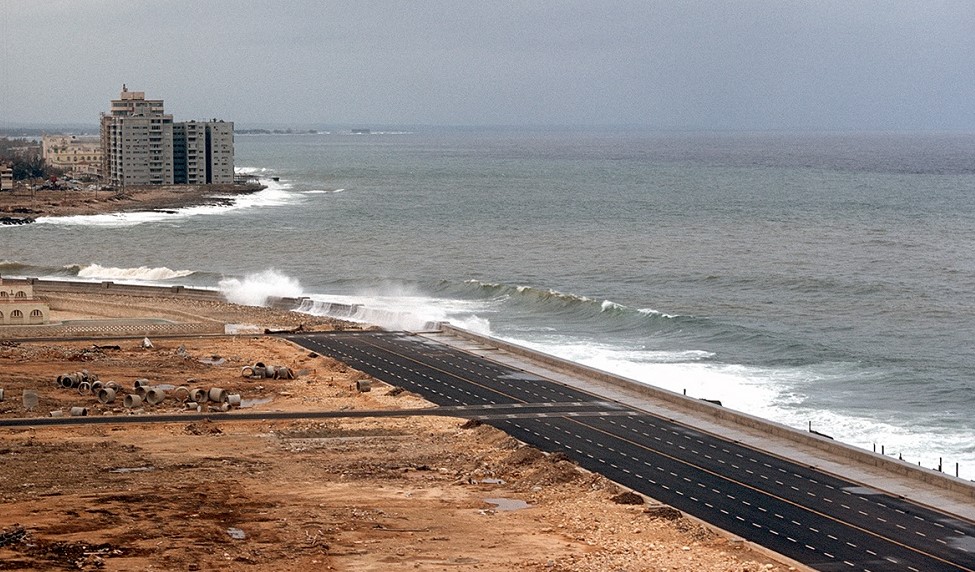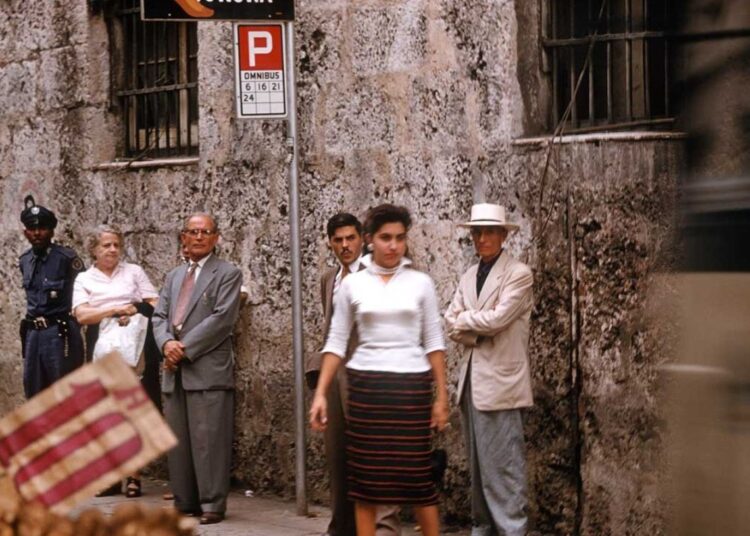I was aimlessly navigating the virtual waters of Flickr, a social media for photographers that has been in operation since 2004 and, although little used, remains a space in which to store and share high-quality photographs. It was then that I came across an old photo of the diving board at the Riviera Hotel pool in Havana.
If it hadn’t been for the news of its collapse days ago, I probably would have overlooked the snapshot album in which the image was hosted. I would have missed a handful of unique photographs of Havana from more than half a century ago, a Havana that we usually see in black and white and whose daily scenes, with ordinary people, of which we have seen little or nothing.
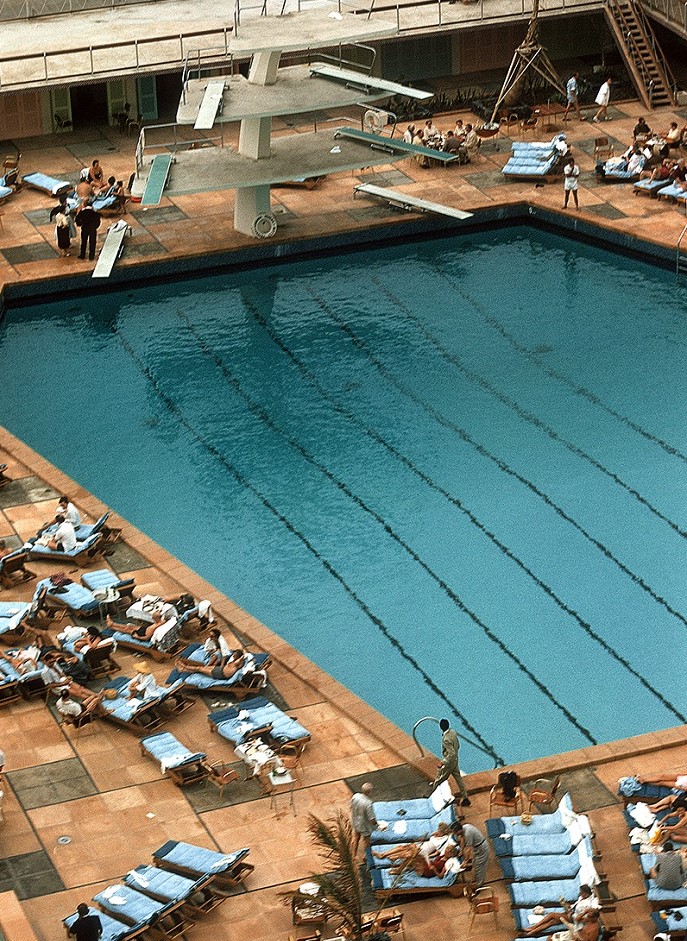
What makes these snapshots of the Cuban capital special? It is everyday life, in color, captured in different parts of the city; the Malecón of course, as well as emblematic properties such as the aforementioned Riviera. In addition, it includes portraits of pedestrians or workers on the street, photographed with no less than a 35 mm Kodachrome roll.
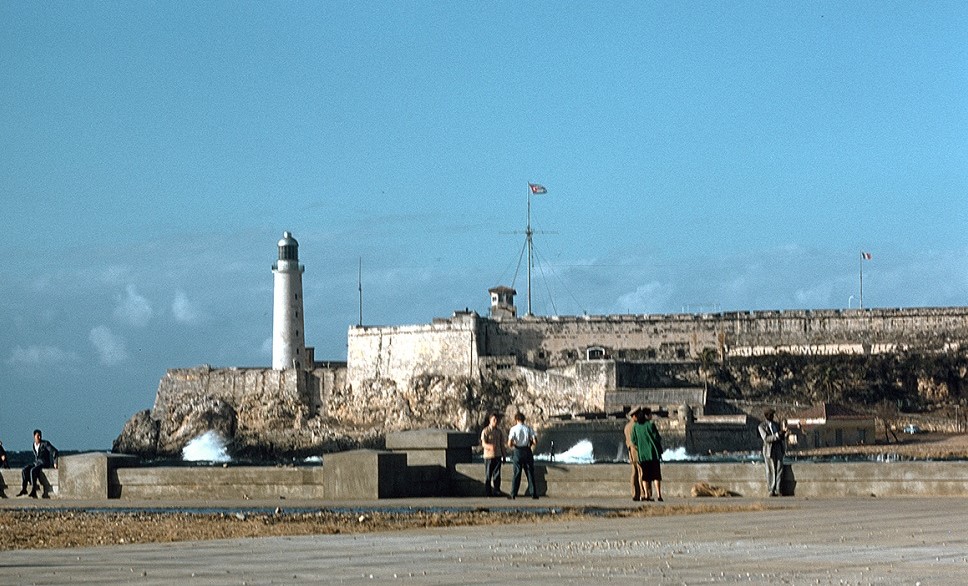
The Kodachrome system, developed by Eastman Kodak in 1935 after the Lumière brothers’ autochrome in 1903, was one of the first to allow color transparencies to be obtained in roll format, first in medium format, and then in 35 mm.
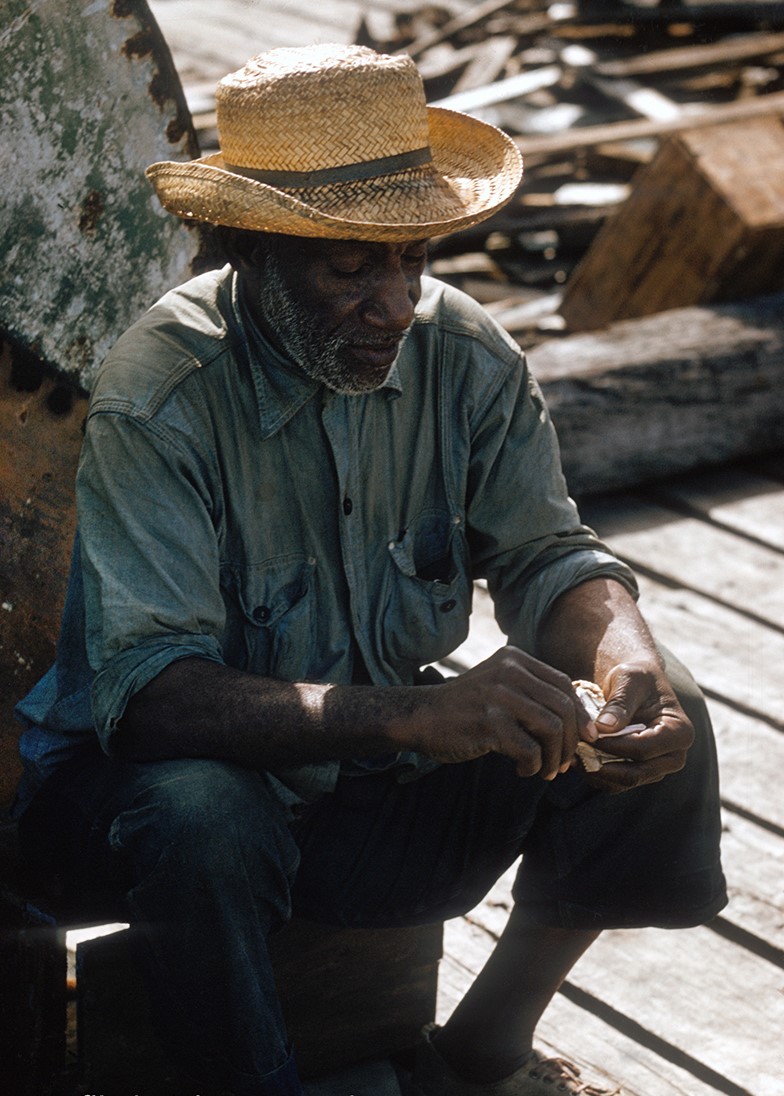
This color slide film left an indelible mark on the history of photography, thanks to its distinctive developing process that produced vibrant, eye-catching colors appreciated by photographers and filmmakers alike.
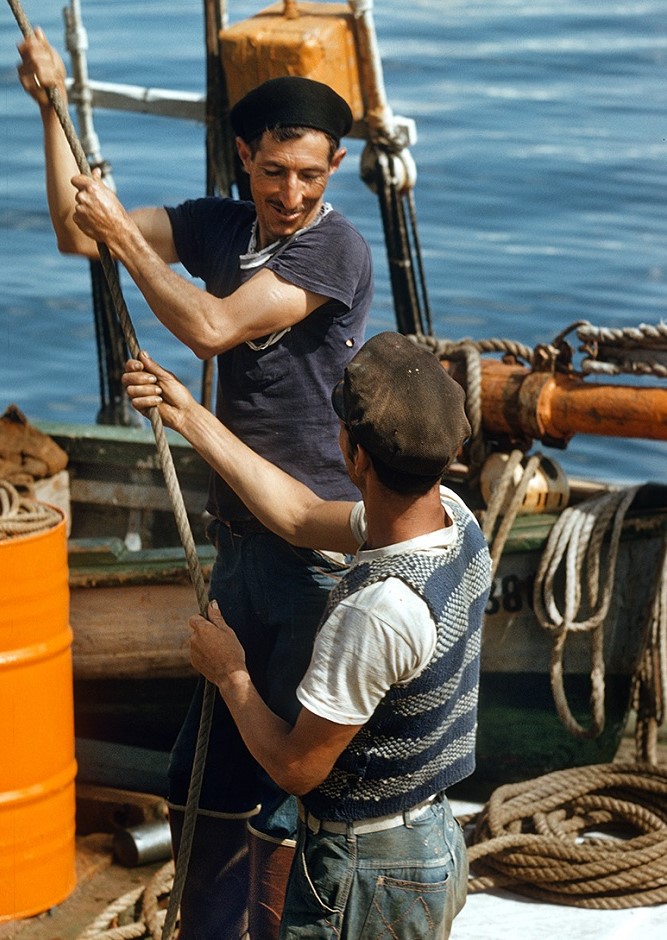
The impact of Kodachrome was such that it also inspired songs, such as the famous Paul Simon song.
“Those pretty bright colors / We are given the greens of summers / They make us believe that all the world is a sunny day.”
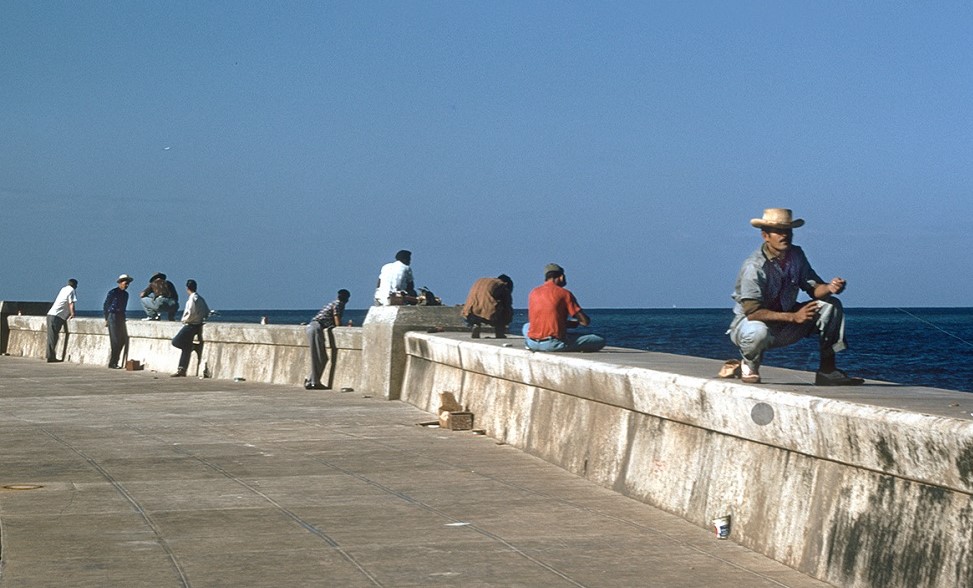
Over time, Kodachrome’s complicated developing process and the advancement of digital technology undermined its popularity. The film lost ground to easier-to-handle options; until in 2009, after 74 years of continuous manufacturing, Kodak announced the cessation of its production.
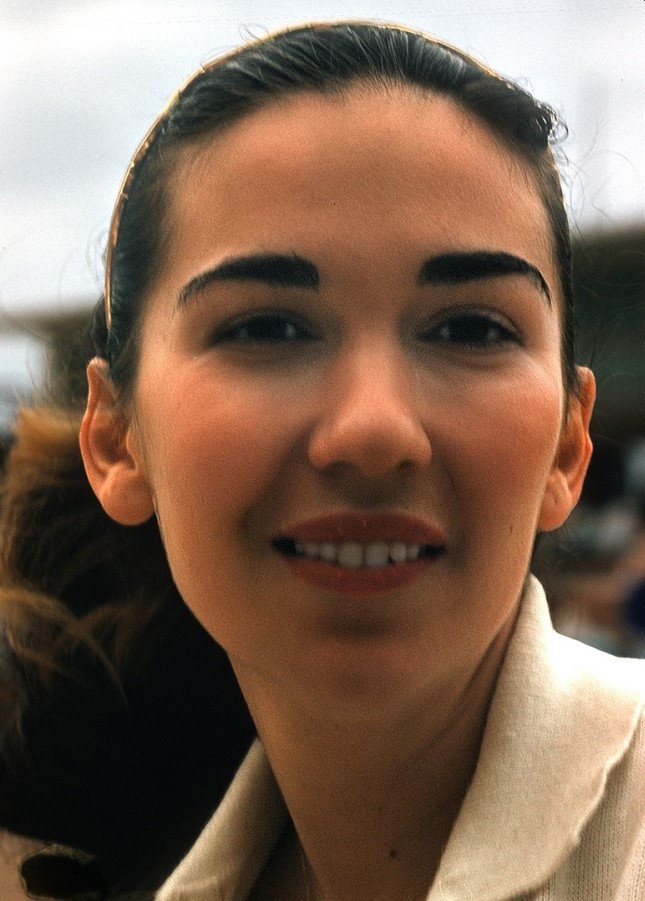
If in the summer of 1937 National Geographic photographer W. Robert Moore took the first photographs with this film during an expedition to Austria, Steve McCurry — who immortalized iconic images with Kodachrome such as the portrait of the Afghan girl, taken in June 1984 in the Nasir Bagh refugee camp — asked Kodak to allow him to use the last roll of Kodachrome produced at the factory. The company obliged.
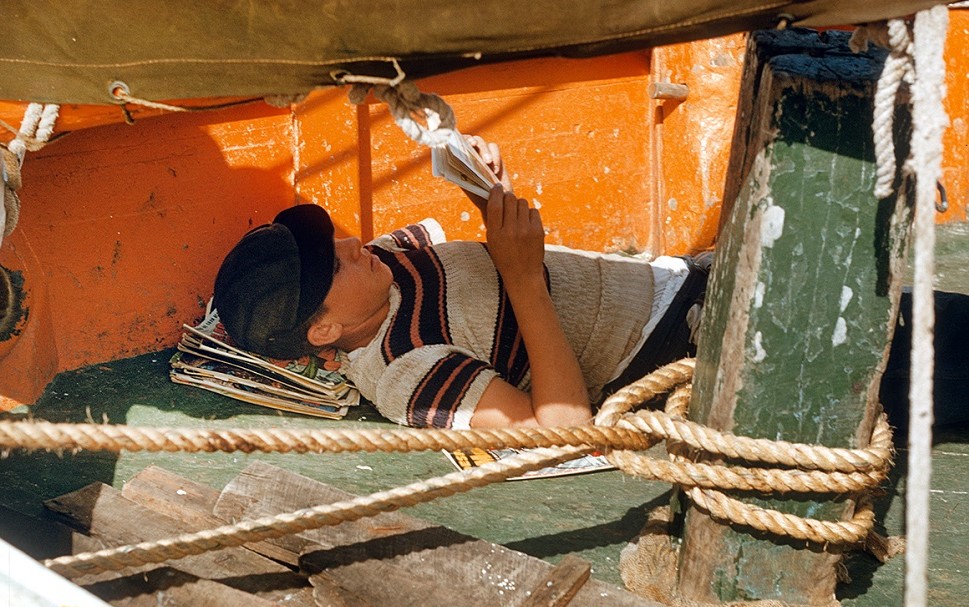
In 2010, the last roll of Kodachrome developed in a Kansas laboratory was a news event that marked the end of an era in analog photography. The event inspired Mark Raso’s Kodachrome film, which explores the nostalgia and emotional connection associated with this photographic means.
Fifteen years after its disappearance, the Kodachrome aesthetic remains very popular, both in Instagram filters that bear that name and in digital development presets in Adobe Photoshop.
Havana in Kodachrome
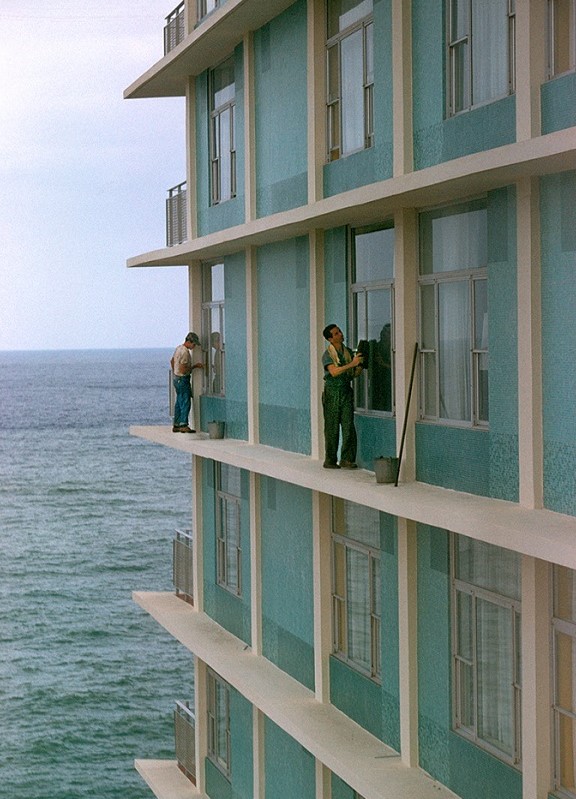
The twenty images of Havana taken in Kodachrome were published on Flickr in January 2023. They are posted on an account created in 2008, by a user who identifies himself as ElectroSpark. The peculiarity of the profile is that it is dedicated to sharing photographs taken with Kodachrome.
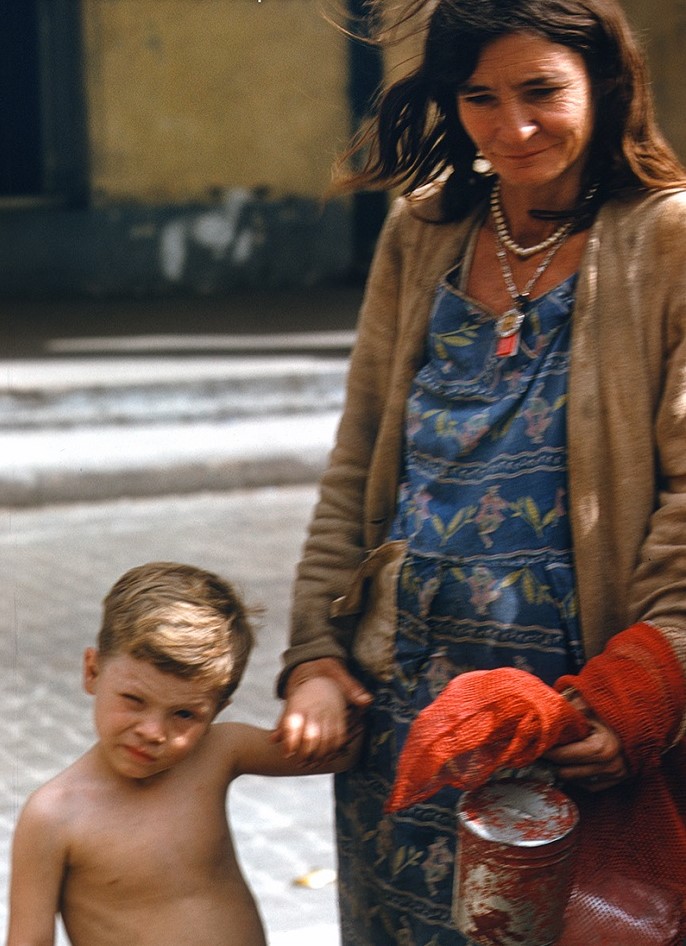
To date, he has posted a total of 2,528 photos.
This is how it is presented:
We bring you photographs and ephemera liberated from the attics, garages, and closets of mid-century American vacationers. Most of the photographs are from the original Kodachrome, for which I have a special affection.
A 35mm Kodachrome transparency contains the equivalent of approximately 20 megapixels of data in a 24mm x 36mm image. It’s the original HD!
Topics include Florida, the Caribbean, Hawaii, the United States, mid-century architecture and interiors, world fairs, theme parks, lost worlds, transportation, and observations of cultural trends. Your time traveler’s basic compendium.
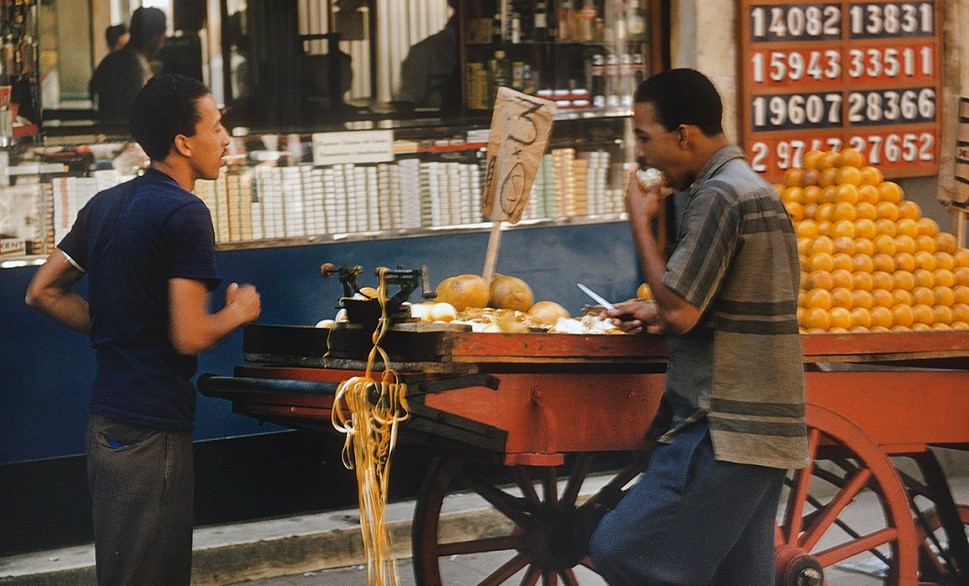
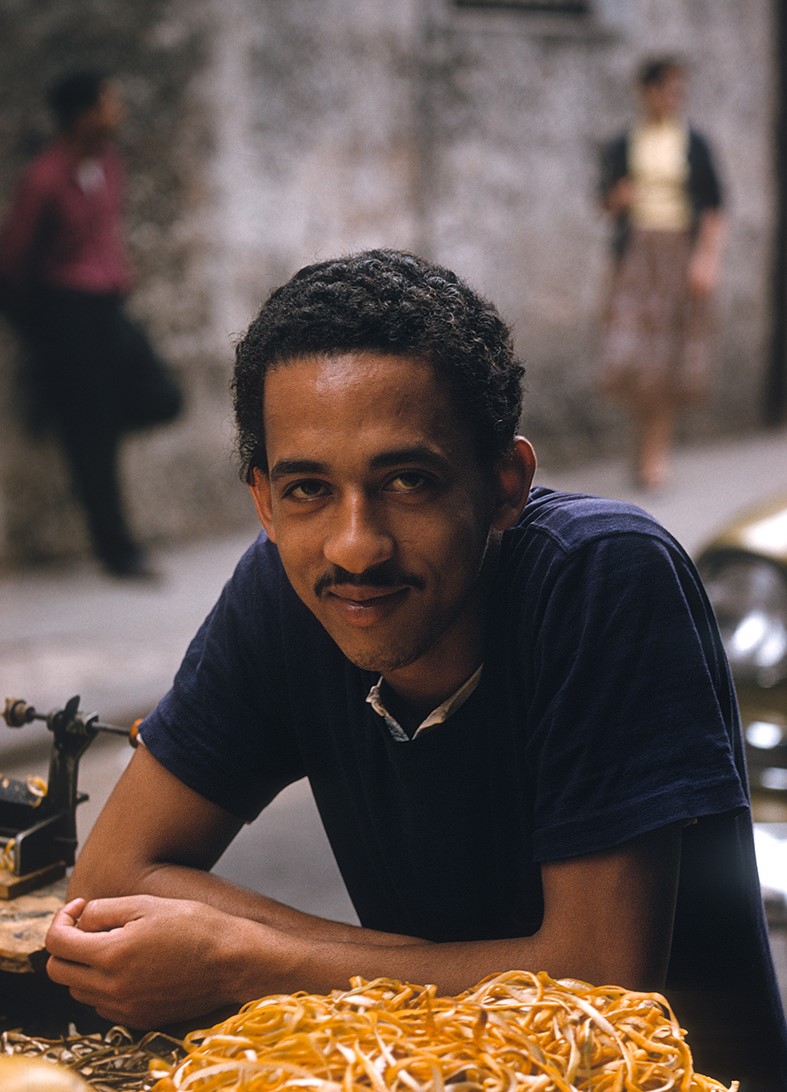
This is why, in the photographs of Havana the author is not mentioned. It was probably someone who traveled to Cuba as a tourist, stayed at the Riviera Hotel and toured the surrounding area, including Old Havana.
Although it seems he was more than an ordinary tourist with a camera to capture travel memories. Whoever carried the equipment knew the matter. Although some of the snapshots are slightly out of focus or shaky, the light exposure is quite accurate, which is difficult for film slides. Some technical knowledge was required, especially considering the harsh and contrasting natural light of Cuba.
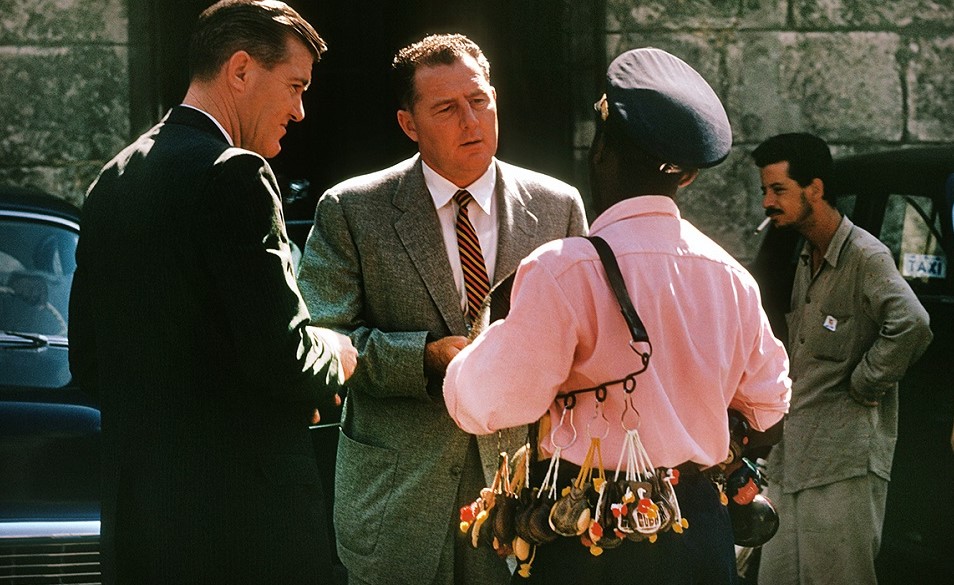
Photography professionals noted that Kodachrome gave images unparalleled depth, contrast, and color saturation while maintaining a refined elegance that seemed completely natural. For photography enthusiasts, identifying the merits of the film was more difficult, but they noticed that it simply improved the appearance of the photos.
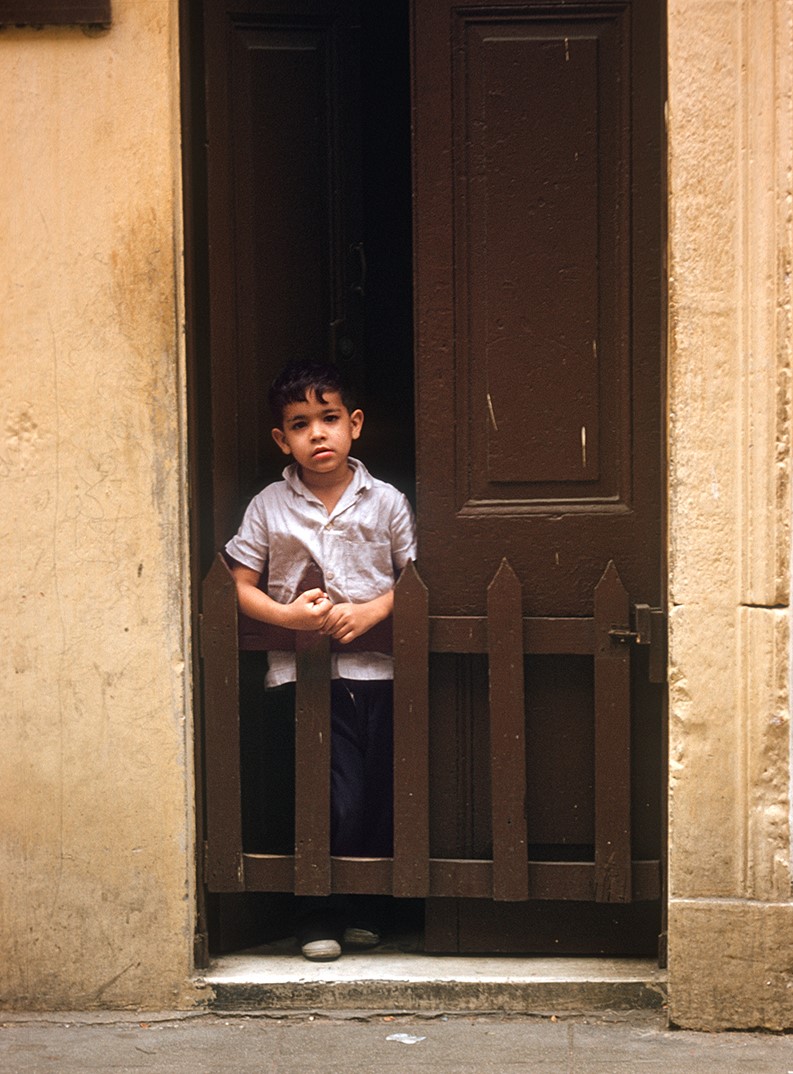
Another thing. Maybe this particular person was not traveling alone. It could be a family or a group of friends. Another indication that it was not a single person and that they were foreigners is that, in one of the photos, two elegantly dressed young people are seen standing on a corner in Old Havana, while holding what appears to be a camera case. In the background, a Cuban smiles when he notices the presence of the foreigners. This was not the time of selfies or carrying a camera everywhere like now.
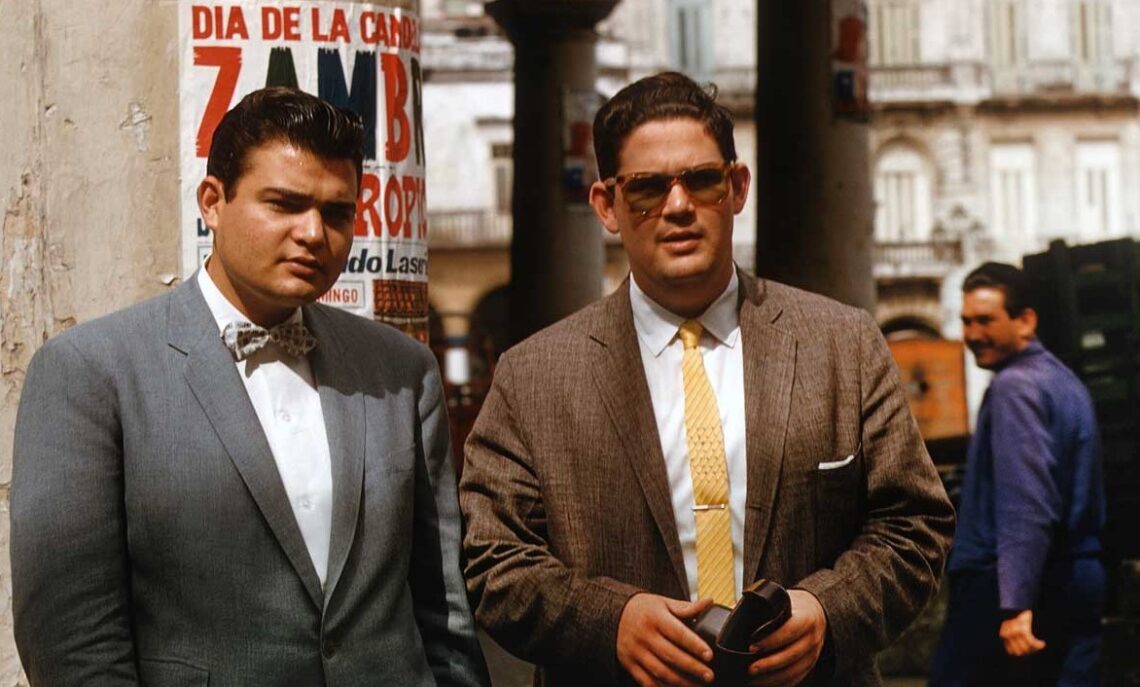
The photographs probably date from 1958. It can be inferred from details such as the presence of a Chevrolet in one of the images. On the car, there is a poster with the image of a man with a hat and a cigarette, along with a political campaign slogan: “Alliegro president.” Anselmo Alliegro y Milá was a Cuban politician who went down in history for being appointed interim president of Cuba for one day in January 1959, although he never took office.
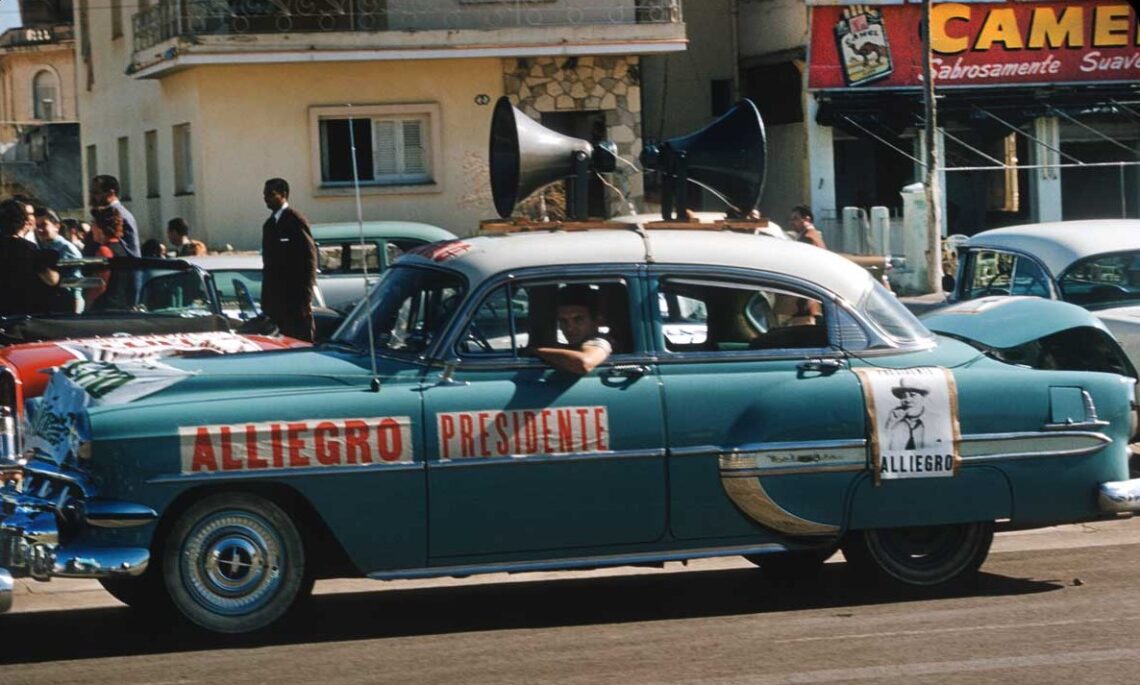
At the end of 1958, Cuba held elections for the period 1959-1963. Alliegro initially launched a brief campaign but then withdrew from the race. The other candidates continued, and finally, Andrés Rivero Agüero, who at the time was Prime Minister of Fulgencio Batista’s government, was elected president.
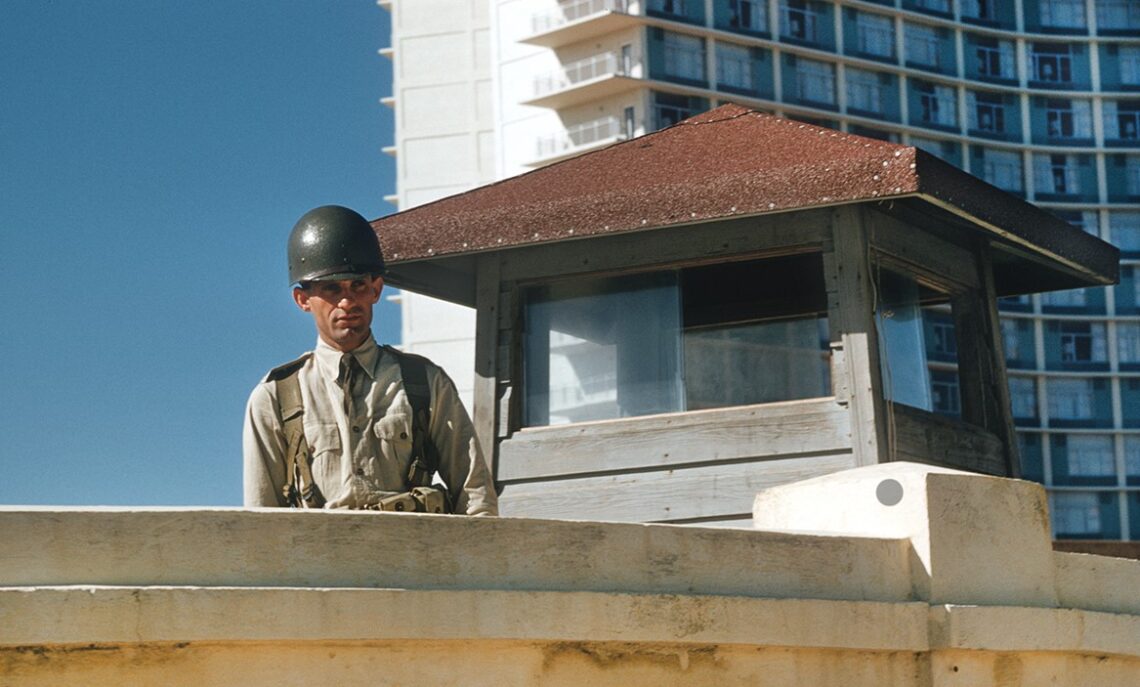
The captured scenes offer a fascinating glimpse. A fisherman, a shoemaker, an orange seller. They range from a bus stop in Old Havana, where people are seen waiting, to a scene presumably in Centro Habana, in a corner cafe and a smiling young woman surrounded by young people.
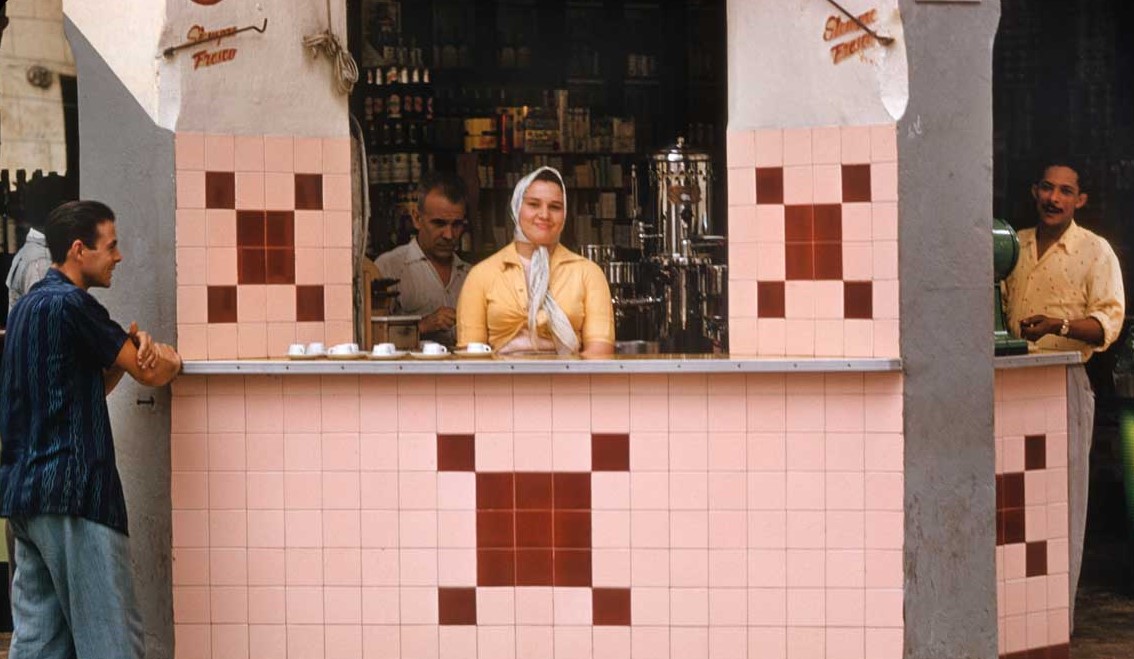
Immersing oneself in these photographs taken with historic Kodachrome film is like opening a window to the past and allowing Havana from decades ago to come to life before our eyes with its vibrant colors. Each image invites us to explore the streets, interact with people and immerse ourselves in the everyday atmosphere full of history.
